Home>Articles>What Is The Temperature Equivalent Of Low On A Saladmaster Electric Skillet?
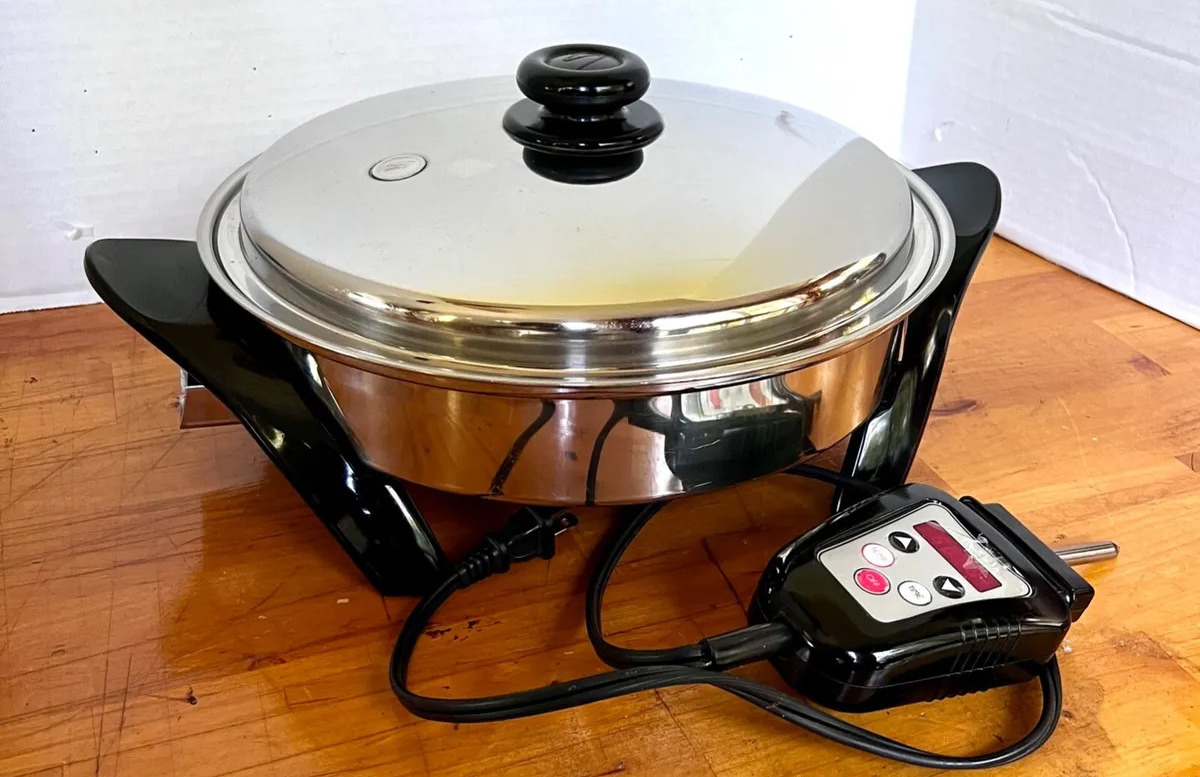

Articles
What Is The Temperature Equivalent Of Low On A Saladmaster Electric Skillet?
Modified: August 20, 2024
Find out the temperature equivalent of the "low" setting on a Saladmaster electric skillet in this informative article. Discover the ideal heat for your cooking needs.
(Many of the links in this article redirect to a specific reviewed product. Your purchase of these products through affiliate links helps to generate commission for Storables.com, at no extra cost. Learn more)
Introduction
Welcome to the world of Saladmaster Electric Skillets! These versatile kitchen appliances are designed to make your cooking experience easier and more enjoyable. One of the key features of these skillets is the ability to control the temperature settings, allowing you to cook your favorite dishes with precision and efficiency. In this article, we will focus on understanding the temperature equivalent of the Low setting on a Saladmaster Electric Skillet.
Temperature control is crucial when it comes to cooking. Different dishes require specific temperature ranges to achieve the best flavors and textures. Understanding the temperature settings on your electric skillet can greatly enhance your cooking skills and help you create delicious meals every time.
Now, let’s dive deeper into the world of Saladmaster Electric Skillets and explore the specific temperature setting known as Low.
Key Takeaways:
- The Low setting on a Saladmaster Electric Skillet typically maintains a temperature range of 200 to 250 degrees Fahrenheit, perfect for slow-cooking stews, simmering sauces, and keeping food warm.
- Factors such as skillet material, size, cookware placement, starting food temperature, and lid usage can affect the actual temperature achieved on the Low setting, requiring attention to achieve optimal cooking results.
Understanding temperature settings on Saladmaster Electric Skillet
The Saladmaster Electric Skillet offers a range of temperature settings that allow you to control the heat for different cooking tasks. These temperature settings typically include Low, Medium, and High. Each setting is designed to provide a specific level of heat, allowing you to customize your cooking experience.
When it comes to the Low temperature setting, it is important to understand its heat range and how it affects your cooking. The Low setting on a Saladmaster Electric Skillet typically provides a gentle and consistent heat, perfect for simmering sauces, slow-cooking stews, or keeping food warm.
It’s essential to note that the exact temperature range of the Low setting may vary slightly between different models of Saladmaster Electric Skillets. However, as a general guideline, the Low setting usually maintains a temperature range of around 200 to 250 degrees Fahrenheit (93 to 121 degrees Celsius).
By utilizing the Low setting, you can achieve slow, even cooking that allows flavors to develop over time while ensuring that your food doesn’t overcook or burn. This gentle heat is especially useful when preparing delicate dishes like soups, sauces, custards, or dishes that require long simmering times.
Now that we have a basic understanding of the Low temperature setting let’s explore the factors that can affect the temperature on this setting.
Exploring the Low temperature setting
The Low temperature setting on a Saladmaster Electric Skillet offers a range of advantages for your cooking needs. By utilizing this setting, you can achieve precise and controlled heat that is perfect for a variety of dishes.
One of the key benefits of the Low temperature setting is its ability to maintain a steady heat over an extended period. This is particularly useful when slow-cooking or simmering dishes that require a longer cooking time. The gentle heat of the Low setting allows flavors to meld together, creating rich and flavorful results.
In addition, the Low setting is ideal for keeping prepared dishes warm without overcooking them. This is particularly helpful when you are entertaining guests or preparing multiple dishes at once. Instead of reheating your food in the microwave, which can sometimes result in uneven heating, you can simply set your Saladmaster Electric Skillet to Low to keep your food at a safe and appetizing temperature.
The Low temperature setting is also beneficial for cooking delicate ingredients that require precise heat control. For example, if you’re making a caramel sauce, melting chocolate, or preparing a custard, the Low setting ensures that the ingredients won’t burn or curdle. It allows you to achieve the perfect consistency and texture without the risk of overheating.
Furthermore, the Low temperature setting can be an excellent choice for individuals who prefer healthier cooking methods. By cooking on a lower heat, you can reduce the amount of oil or fat needed in your dishes while still achieving delicious results. This is particularly useful when preparing lean proteins, vegetables, or stir-frying.
Now that we’ve explored the benefits of the Low temperature setting, let’s delve into the factors that can affect the temperature on this setting.
Factors that affect the temperature on Low setting
While the Low temperature setting on a Saladmaster Electric Skillet provides a consistent and gentle heat, there are several factors that can influence the actual temperature you achieve when using this setting. It’s important to be aware of these factors to ensure optimal cooking results.
1. Skillet Material: The material of your electric skillet can affect how quickly and evenly heat is distributed. Stainless steel skillets, for example, tend to heat up faster than skillets with non-stick coatings. This means that the actual temperature achieved on the Low setting may vary slightly depending on the material of your skillet.
2. Skillet Size: The size of your electric skillet can also impact how well it maintains and distributes heat. A larger skillet may take longer to heat up and may require adjustments to the Low temperature setting to achieve the desired heat level. Conversely, a smaller skillet can heat up quickly and may require more frequent stirring or adjustments to prevent food from burning on the Low setting.
3. Cookware Placement: The placement of your cookware in the electric skillet can affect the temperature. For example, if you are using a small saucepan within the skillet, the surrounding heat may be more concentrated, potentially leading to higher temperatures. It’s important to ensure that the cookware is centered and not obstructing the heat flow for accurate temperature control.
4. Cool Food vs. Preheated Food: The starting temperature of the food you are cooking can impact the overall cooking time and temperature achieved. If you are adding cool or refrigerated ingredients to the skillet, it may take longer for them to reach the desired temperature. On the other hand, if you preheat the skillet before adding the ingredients, the initial temperature may be higher, requiring adjustments to maintain the Low setting.
5. Lid Usage: The use of a lid can affect the cooking temperature on the Low setting. Using a lid helps trap heat and moisture, resulting in a higher overall temperature within the skillet. If you want to maintain a lower temperature, you may consider using the Low setting without a lid, or partially covering the skillet to allow some heat and steam to escape.
It’s important to note that these factors may vary depending on the specific model or brand of your Saladmaster Electric Skillet. It’s always recommended to refer to the manufacturer’s instructions and experiment with different cooking techniques to determine the best approach for achieving the desired temperature on the Low setting.
Now that we understand the factors that can affect the temperature, let’s uncover the benefits of cooking on the Low temperature setting.
The temperature equivalent of “low” on a Saladmaster Electric Skillet is typically around 200-250°F. This is ideal for gentle cooking and simmering.
Benefits of cooking on Low temperature
Cooking on the Low temperature setting of a Saladmaster Electric Skillet offers a range of benefits that can enhance your culinary experience and help you create delicious and nutritious meals. Let’s explore some of the advantages of cooking on Low temperature:
1. Enhanced Flavor Development: Low temperature cooking allows flavors to develop slowly and evenly. It gives the ingredients ample time to release their natural flavors and aromas, resulting in more complex and well-rounded dishes. This is especially beneficial for dishes like stews, soups, and braised meats, where long simmering times help tenderize the meat and infuse it with rich flavors.
2. Moisture Retention: Cooking on Low temperature helps to retain moisture in your dishes. The gentle heat prevents excessive evaporation, keeping your meats, vegetables, and other ingredients juicy and tender. This is particularly important for delicate proteins like fish or poultry, as it helps prevent them from drying out during the cooking process.
3. Nutrient Preservation: By cooking on Low temperature, you can help preserve the essential nutrients in your ingredients. Since the heat is not too high, the risk of nutrient loss is minimized. This is especially advantageous when cooking vegetables, as it helps retain their vibrant colors, textures, and nutritional value.
4. Energy Efficiency: Cooking on Low temperature requires less energy compared to higher temperature settings. This not only helps reduce your carbon footprint but also saves you money on your energy bills. By utilizing the Low temperature setting, you can cook your meals efficiently without compromising on taste or quality.
5. Safe Cooking: Cooking on Low temperature reduces the risk of food burning or getting overcooked. This is especially helpful when preparing delicate dishes that require close attention, such as custards, sauces, or melting chocolate. The Low temperature setting ensures that the ingredients cook slowly and evenly, minimizing the chance of scorching or uneven cooking.
6. Versatility: The Low temperature setting on the Saladmaster Electric Skillet offers versatility in the types of dishes you can prepare. From slow-cooked stews and braises to gentle sautés or keeping food warm, the Low setting accommodates a wide range of cooking techniques. It allows you to experiment with various recipes and expand your culinary repertoire.
By utilizing the Low temperature setting on your Saladmaster Electric Skillet, you can unlock a world of culinary possibilities. From enhanced flavors and nutrient preservation to energy efficiency and safe cooking, the benefits of cooking on Low temperature are plentiful.
Now, let’s move on to some helpful tips for cooking on the Low temperature setting.
Tips for cooking on Low temperature
Cooking on the Low temperature setting of your Saladmaster Electric Skillet requires a bit of finesse and attention to detail. To help you achieve the best results, here are some helpful tips to keep in mind:
1. Preheat the skillet: Before adding your ingredients, preheat the skillet on the Low setting for a few minutes. This ensures that the skillet is evenly heated and ready to cook your food at the desired temperature.
2. Use a timer: Since cooking on Low temperature often involves longer cooking times, it’s helpful to use a timer to keep track of the cooking duration. This helps prevent overcooking or undercooking your dishes.
3. Stir occasionally: While cooking on Low temperature, it’s important to stir your dishes occasionally. This helps distribute heat evenly and ensures that nothing sticks to the bottom of the skillet. Stirring also helps ingredients cook consistently and prevents them from clumping together.
4. Opt for a lid: Using a lid while cooking on Low temperature helps retain heat and moisture in the skillet. This can be especially beneficial when cooking dishes that require longer simmering times, like stews or soups. However, leave a small gap to allow some steam to escape to prevent excessive condensation.
5. Be patient: Cooking on Low temperature takes time, so it’s important to be patient and allow the flavors to develop slowly. Avoid turning up the heat to rush the cooking process, as this can lead to uneven cooking or overcooking your food.
6. Adjust seasoning as needed: Since slow cooking on Low temperature can enhance the flavors of your dishes, it’s important to taste and adjust the seasoning if necessary. Add salt, spices, or herbs gradually and taste as you go to ensure your dish has the perfect balance of flavors.
7. Monitor heat distribution: Due to variations in skillet materials and sizes, it’s essential to monitor the heat distribution while cooking on Low temperature. Move the ingredients around occasionally to ensure they are all cooking evenly.
8. Keep an eye on liquid levels: When cooking on Low temperature, liquids may evaporate more slowly. If you notice that the dish is becoming too dry, add small amounts of liquid such as broth, stock, or water to maintain the desired consistency.
9. Experiment and adapt: Every electric skillet and recipe is unique, so don’t be afraid to experiment and adapt. Take note of any adjustments you make to the cooking time or temperature, as these can help you fine-tune your recipes in the future.
Remember, cooking on Low temperature is a gentle and methodical process that allows flavors to meld and ingredients to cook slowly. By following these tips, you can make the most of your Saladmaster Electric Skillet’s Low temperature setting and create culinary masterpieces.
Now, let’s wrap up our exploration of the Low temperature setting.
Conclusion
The Low temperature setting on a Saladmaster Electric Skillet offers a range of advantages for your cooking needs. Understanding and utilizing this setting can greatly enhance your culinary skills and help you create delicious and nutritious meals.
By cooking on Low temperature, you can achieve precise and controlled heat that is perfect for simmering sauces, slow-cooking stews, and keeping food warm. The gentle heat of the Low setting allows flavors to develop slowly, resulting in rich and flavorful dishes.
Factors such as skillet material, size, cookware placement, starting food temperature, and lid usage can affect the actual temperature achieved on the Low setting. It’s important to be aware of these factors and make necessary adjustments to ensure optimal cooking results.
Cooking on the Low temperature setting offers a range of benefits, including enhanced flavor development, moisture retention, nutrient preservation, energy efficiency, safe cooking, and versatility. These advantages make it an ideal choice for various dishes and cooking techniques.
When cooking on Low temperature, it’s essential to preheat the skillet, use a timer, stir occasionally, consider using a lid, be patient, adjust seasoning as needed, monitor heat distribution, and keep an eye on liquid levels. These tips will help you achieve the best results and unlock the full potential of the Low temperature setting.
Whether you’re preparing a hearty stew, a delicate sauce, or simply keeping your food warm, the Low temperature setting on your Saladmaster Electric Skillet is a valuable tool in your culinary arsenal.
So, next time you’re cooking with your Saladmaster Electric Skillet, don’t overlook the power of the Low temperature setting. Embrace the gentle heat, savor the flavors, and enjoy the precise control it offers. Happy cooking!
Frequently Asked Questions about What Is The Temperature Equivalent Of Low On A Saladmaster Electric Skillet?
Was this page helpful?
At Storables.com, we guarantee accurate and reliable information. Our content, validated by Expert Board Contributors, is crafted following stringent Editorial Policies. We're committed to providing you with well-researched, expert-backed insights for all your informational needs.
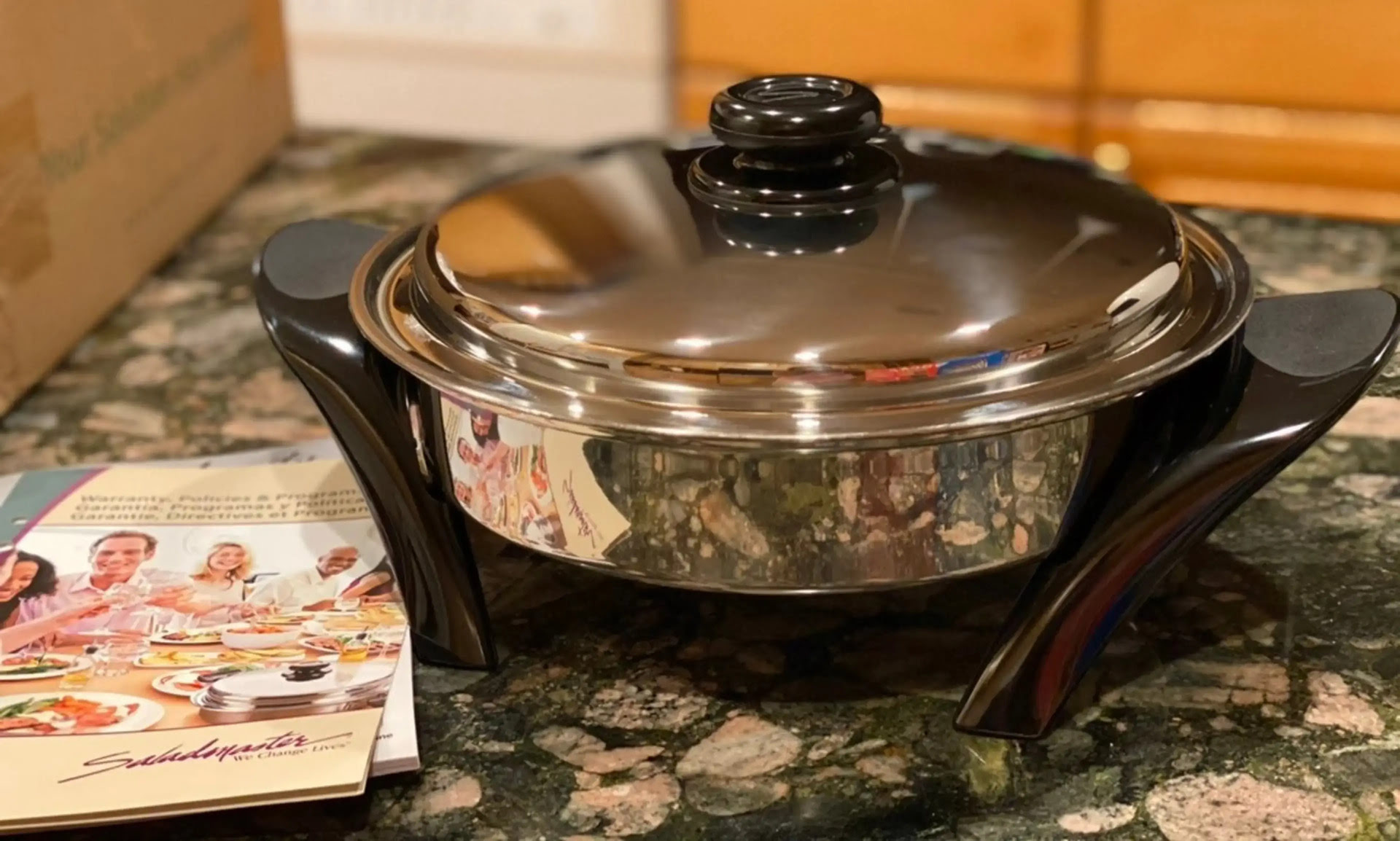
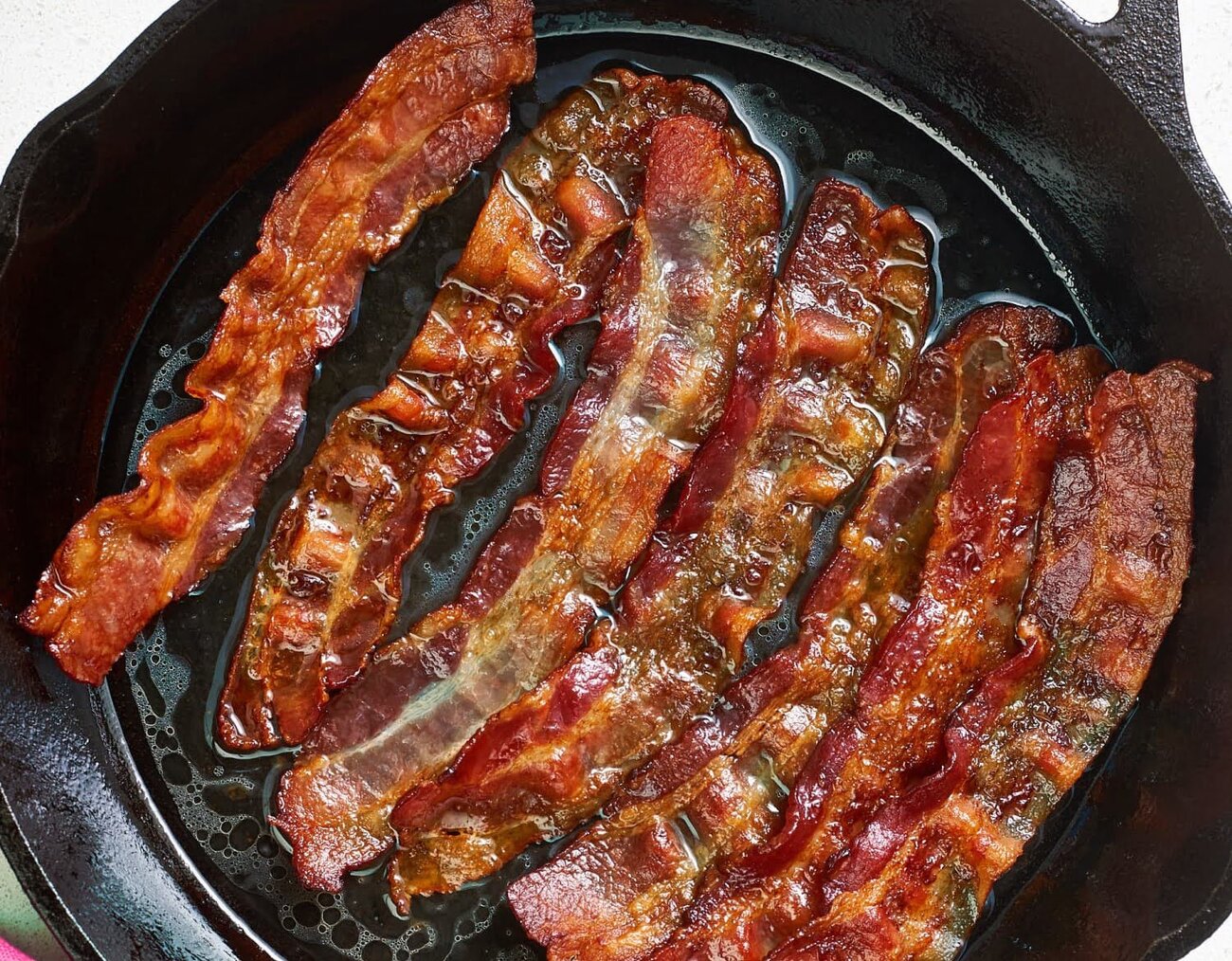
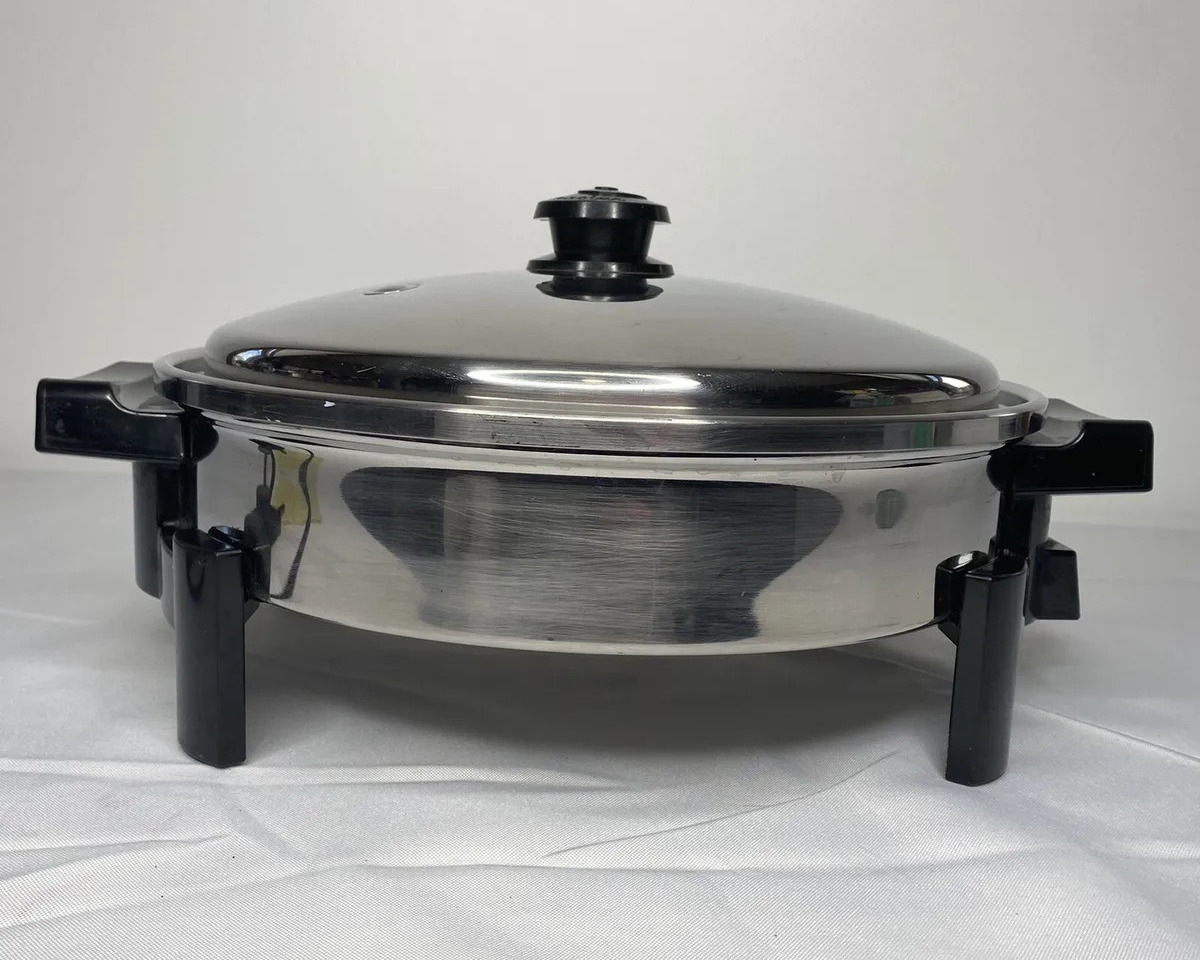
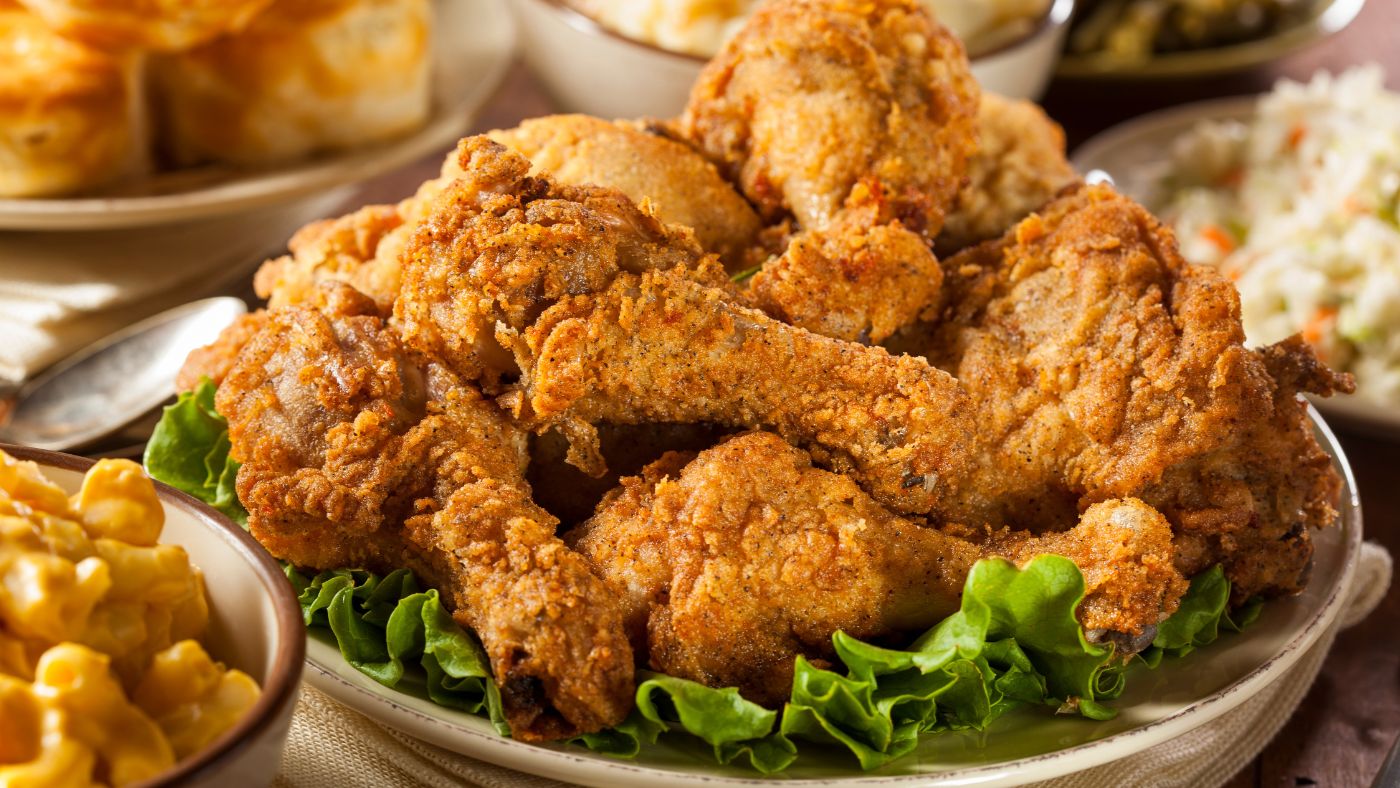
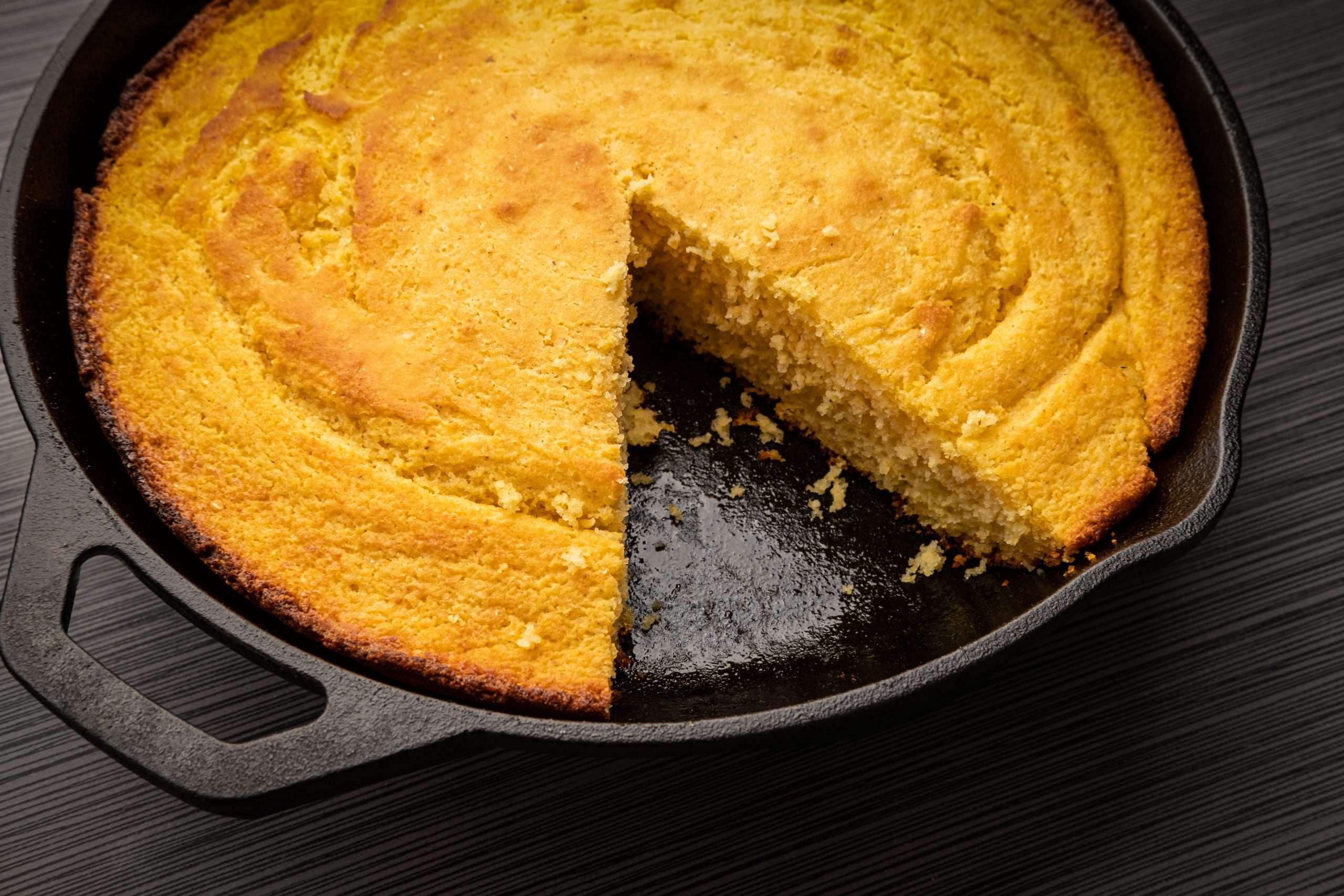
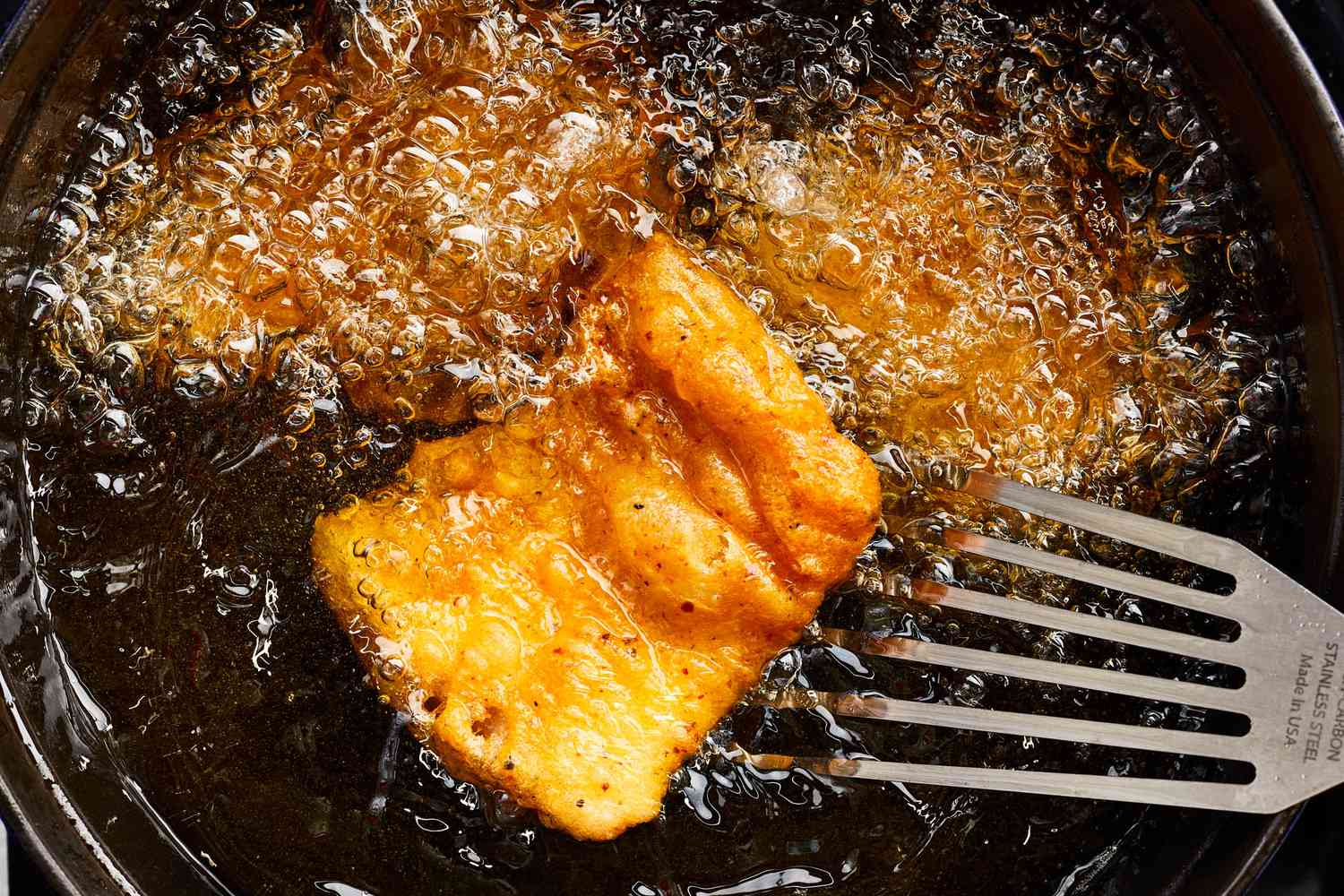
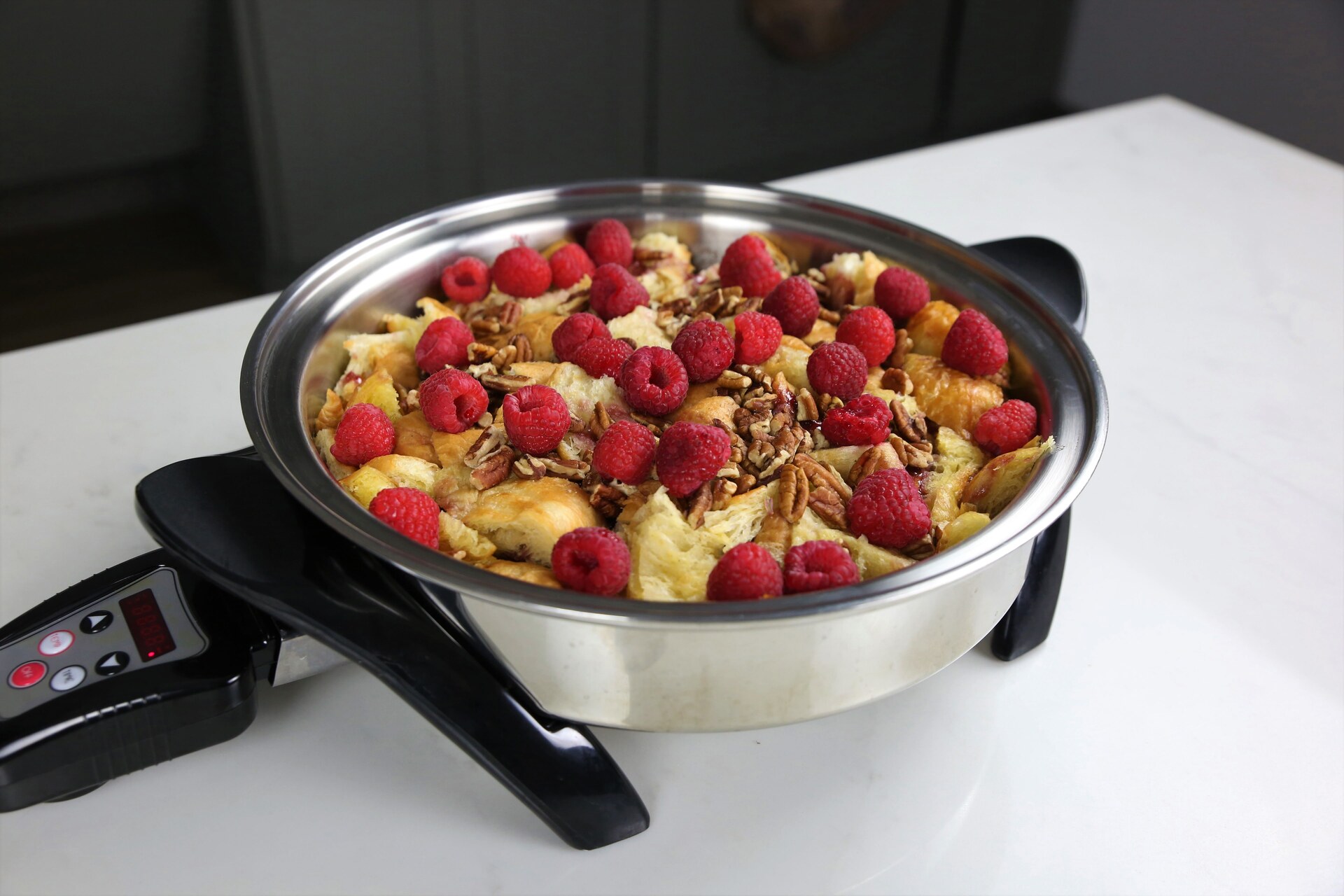
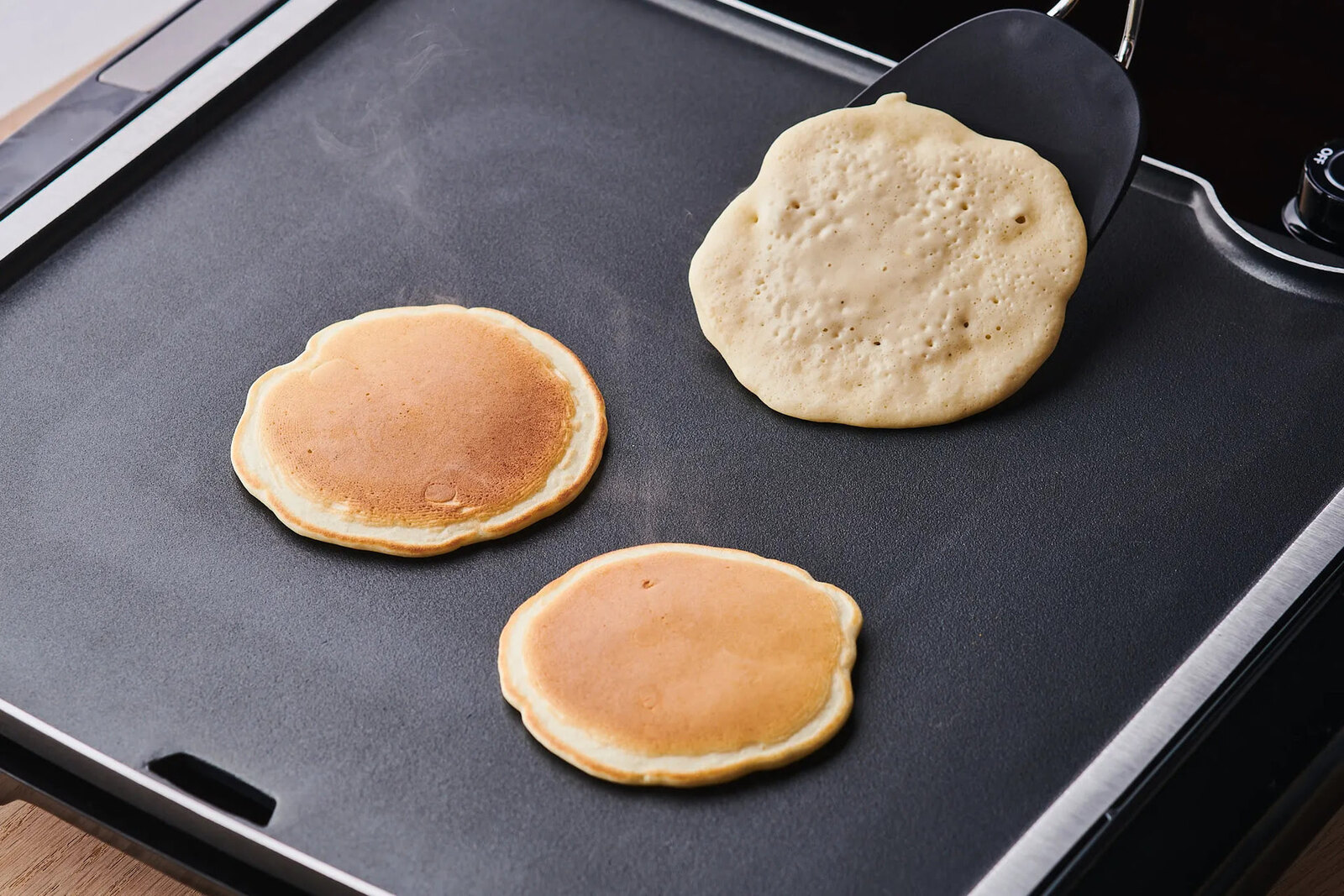
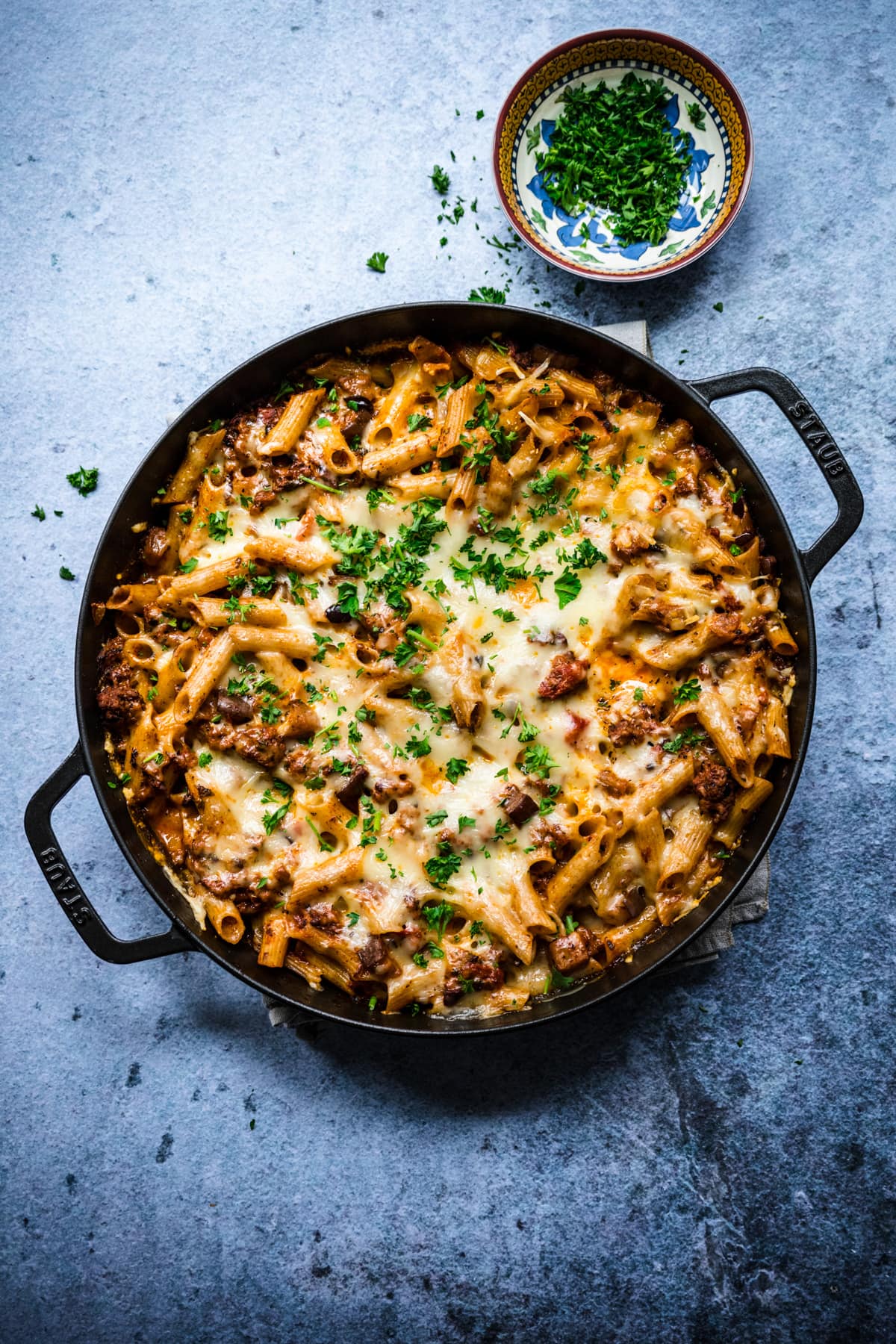
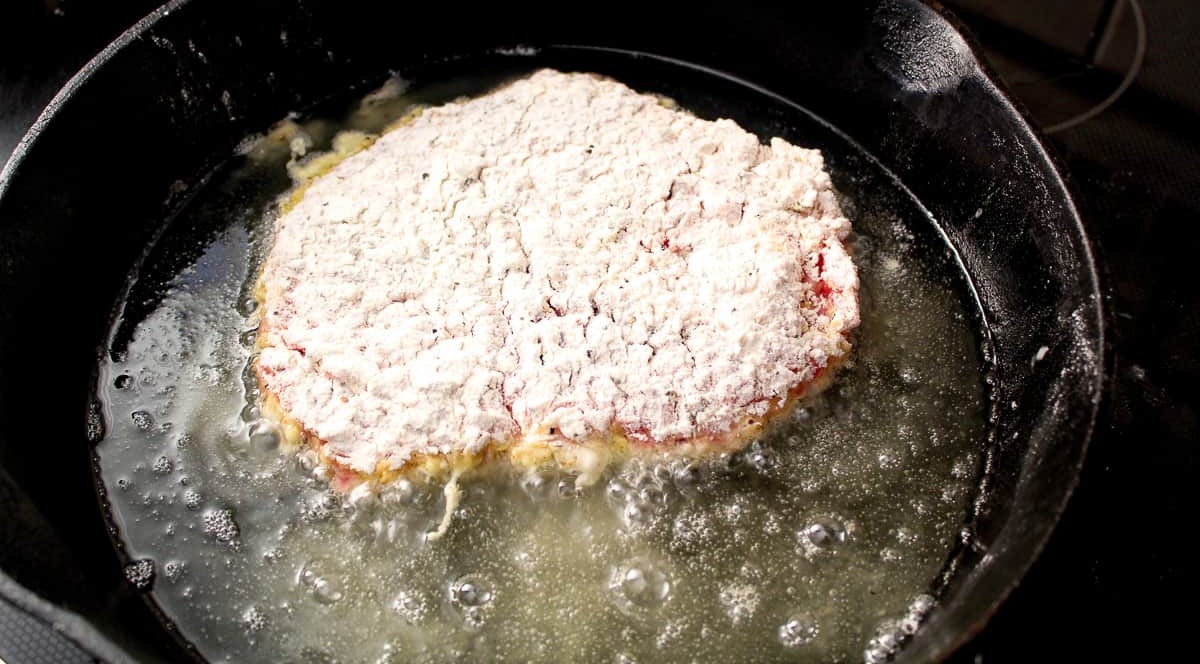
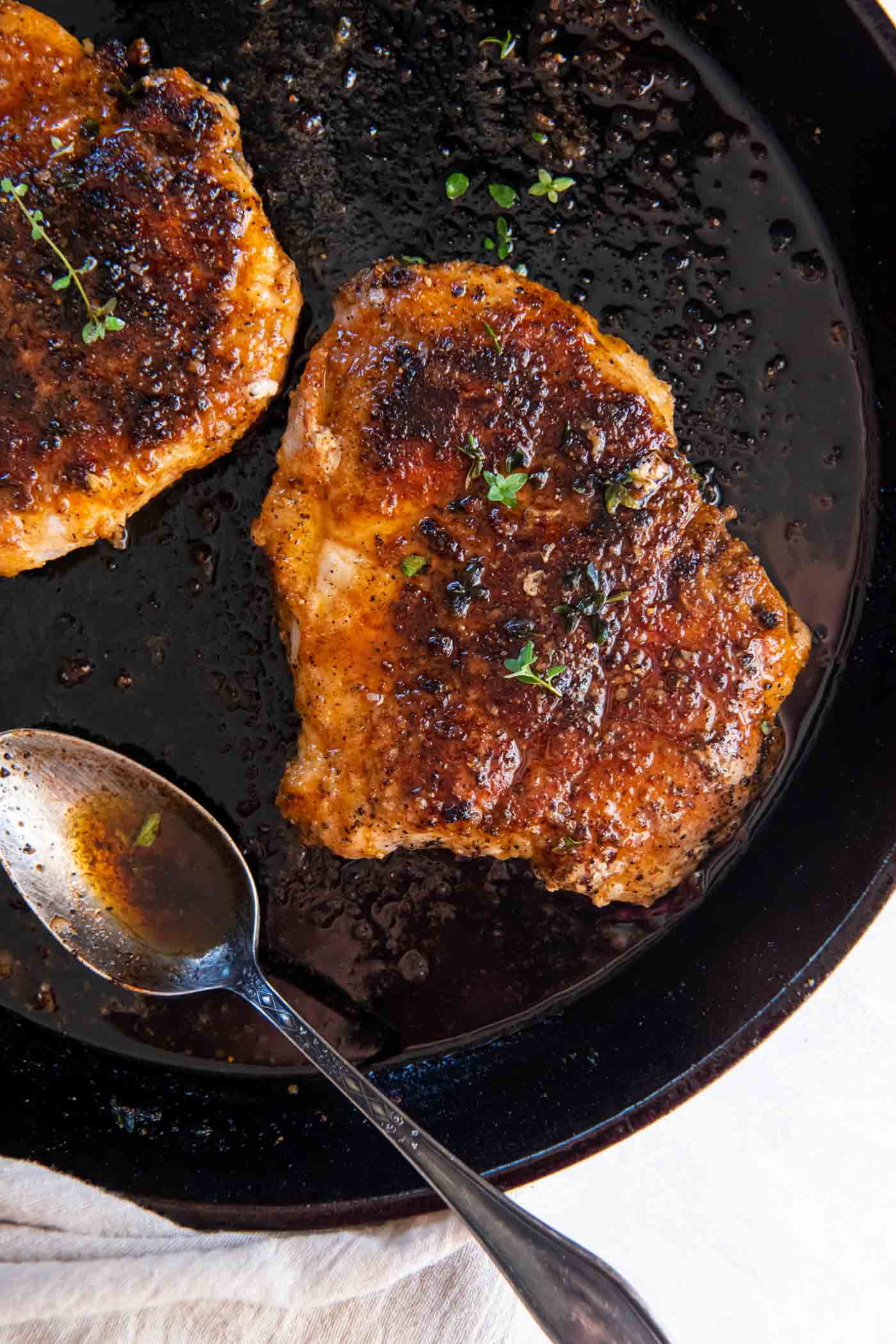
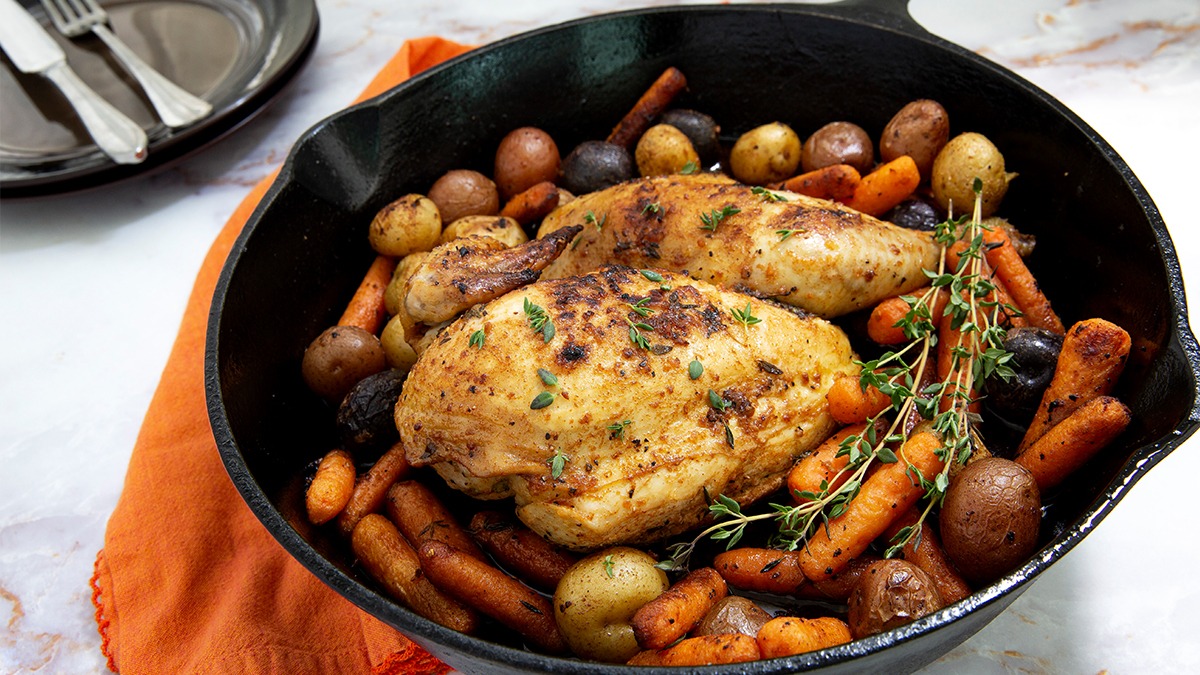
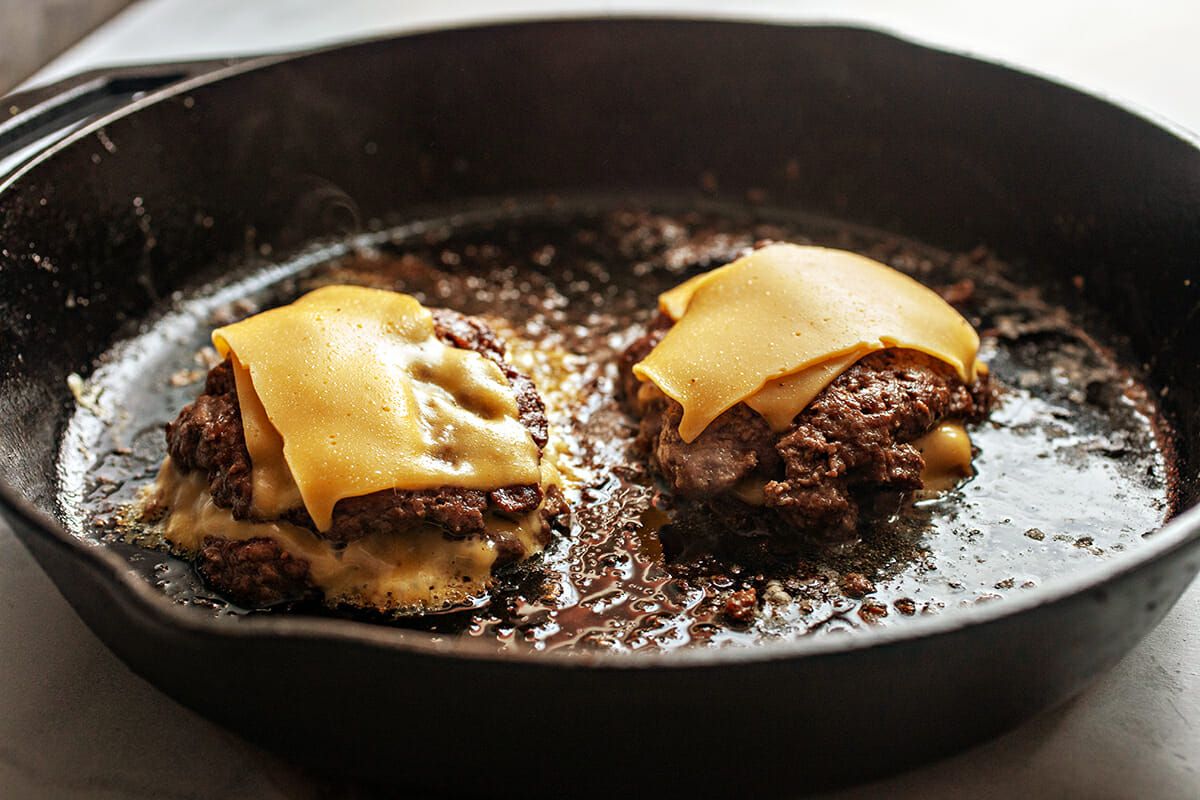
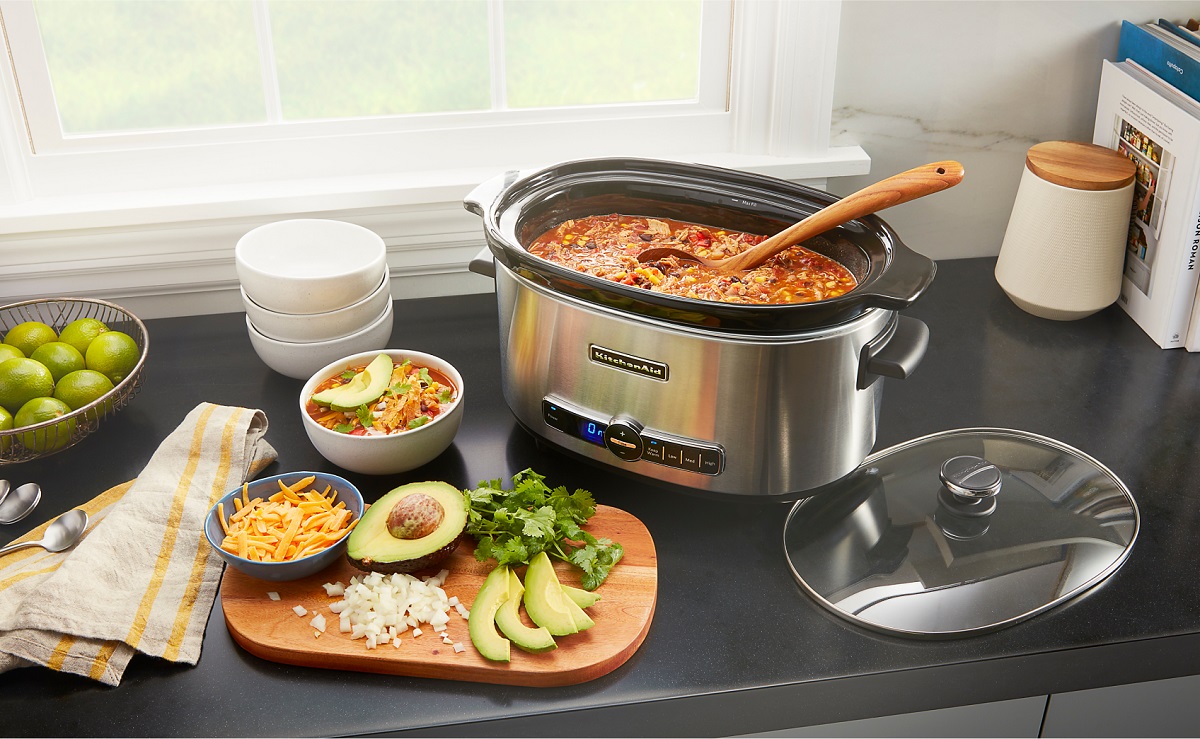

0 thoughts on “What Is The Temperature Equivalent Of Low On A Saladmaster Electric Skillet?”